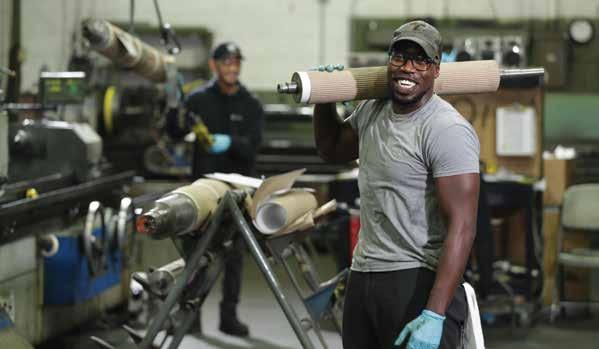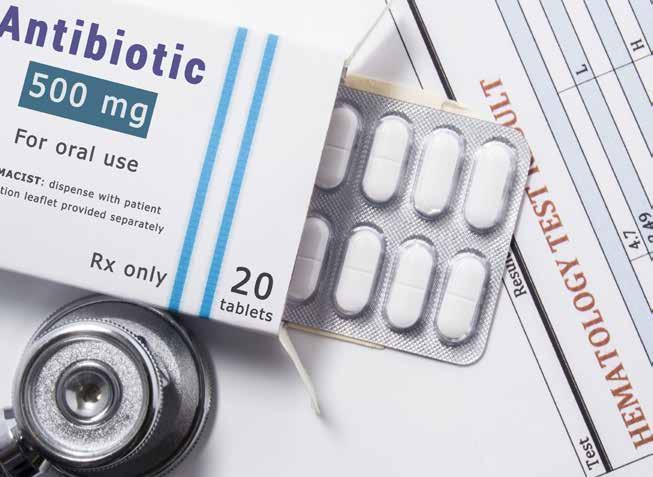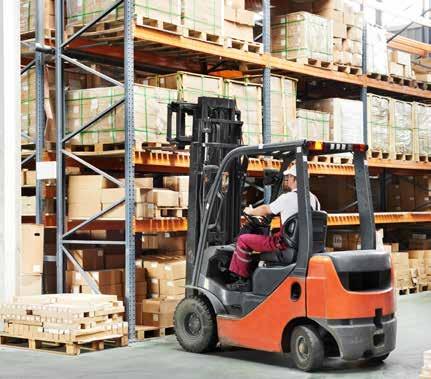Ask Tom
Blister Packaging, Part 1 BY TOM WEBER
G
o into any department store, grocery store, or convenience store across the globe—staying six feet apart and wearing a mask, of course— and one of the first things that will draw your eye is the products on display in blister packaging. You’re no doubt familiar with them: thin plastic bubbles mounted to highly decorated paperboard, designed to showcase the products they contain. There are many reasons blister packaging is so popular. It is unparalleled
18
BOXSCORE May/June 2020
at highlighting the enclosed product, often augmenting its contents with attention-grabbing design and colorful graphics. Blister packages put the actual product the consumer will buy in clear view at the point of purchase, helping to generate or confirm buying interest. For manufacturers, blister packaging can be a relatively simple and economical way to get products in front of consumers. They can also help protect the product when it’s on display and when
it’s in transit. Consumer product manufacturers considering using blister packaging for their products should take into account a number of factors that can impact how effective the packaging will be, both from a marketing and an economic standpoint. Here are a few considerations you’ll want to keep in mind when determining what kind of blister packaging and blister card composition may be right for your products.
















